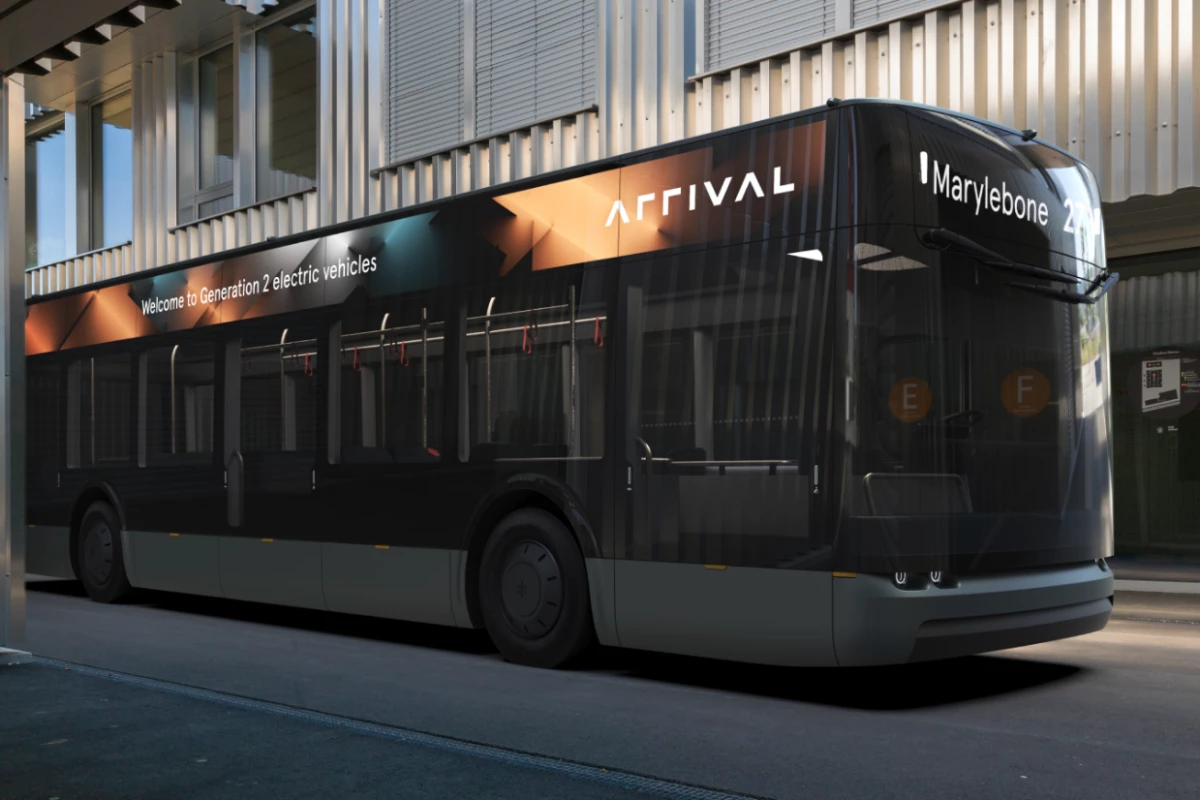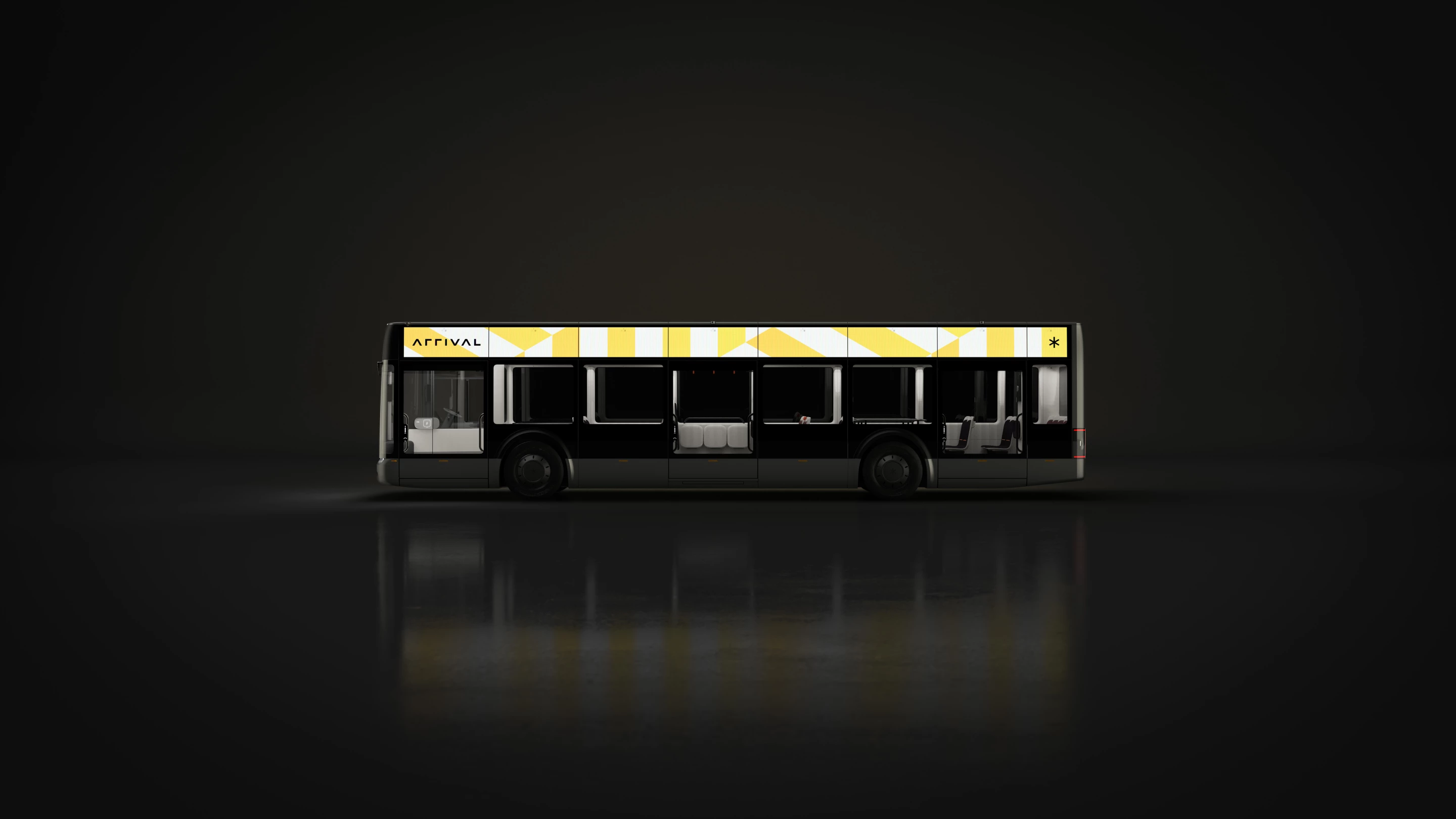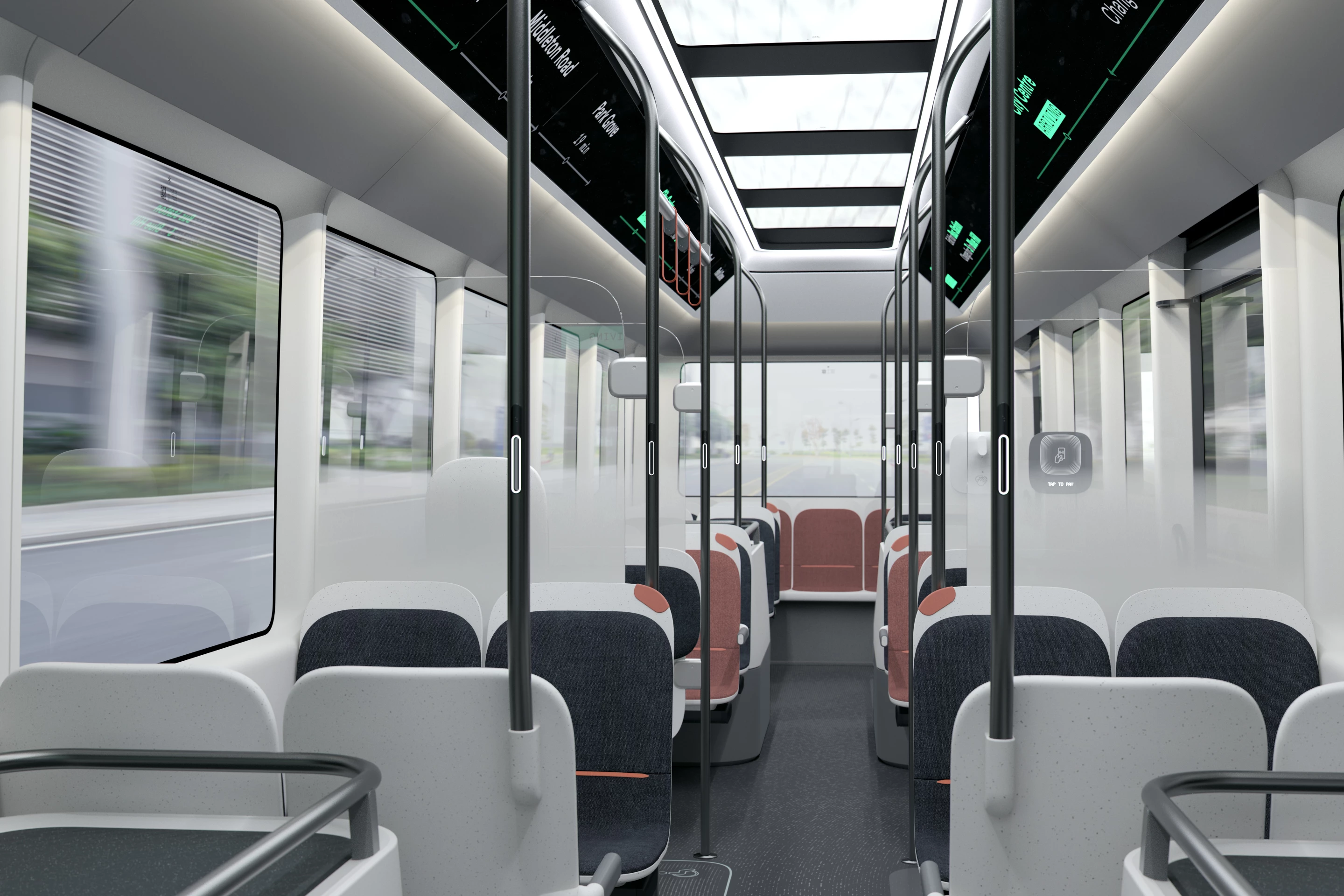Previously, the electric bus was something of a hero in the making, a more sustainable paradigm for public transit that could help move the densely distributed city masses without a puff of smog-inducing tailpipe emissions. Then, COVID-19 happened, and all forms of mass transit are the enemy. Since London-headquartered startup Arrival is still in the early stages of fleshing out its transportation ecosystem, it's using the pandemic as an opportunity to preview a more flexible breed of electric bus that once again becomes the hero of the day by offering onboard social-distancing possibilities.
Arrival was previously known best for its electric vans, but what it's really building toward is an Integrated Public Transportation Ecosystem that comprises vans, taxis, car-sharing, buses, charging infrastructure and more. Its zero-emissions bus will be the key people-mover of that ecosystem, providing a modern and attractive way of navigating around cities and their greater surrounds.
Arrival previewed its bus on Wednesday, with a focus on how it can be a solution for the "new normal" of public transportation. Eventually we'll all have to get back to work and daily life, and that will mean determining the safest and most practical ways of navigating to and from. So right about now, the idea of a bus based specifically around "space, cleanliness and well-being in a world with a heightened awareness of hygiene and personal space" sounds pretty good.
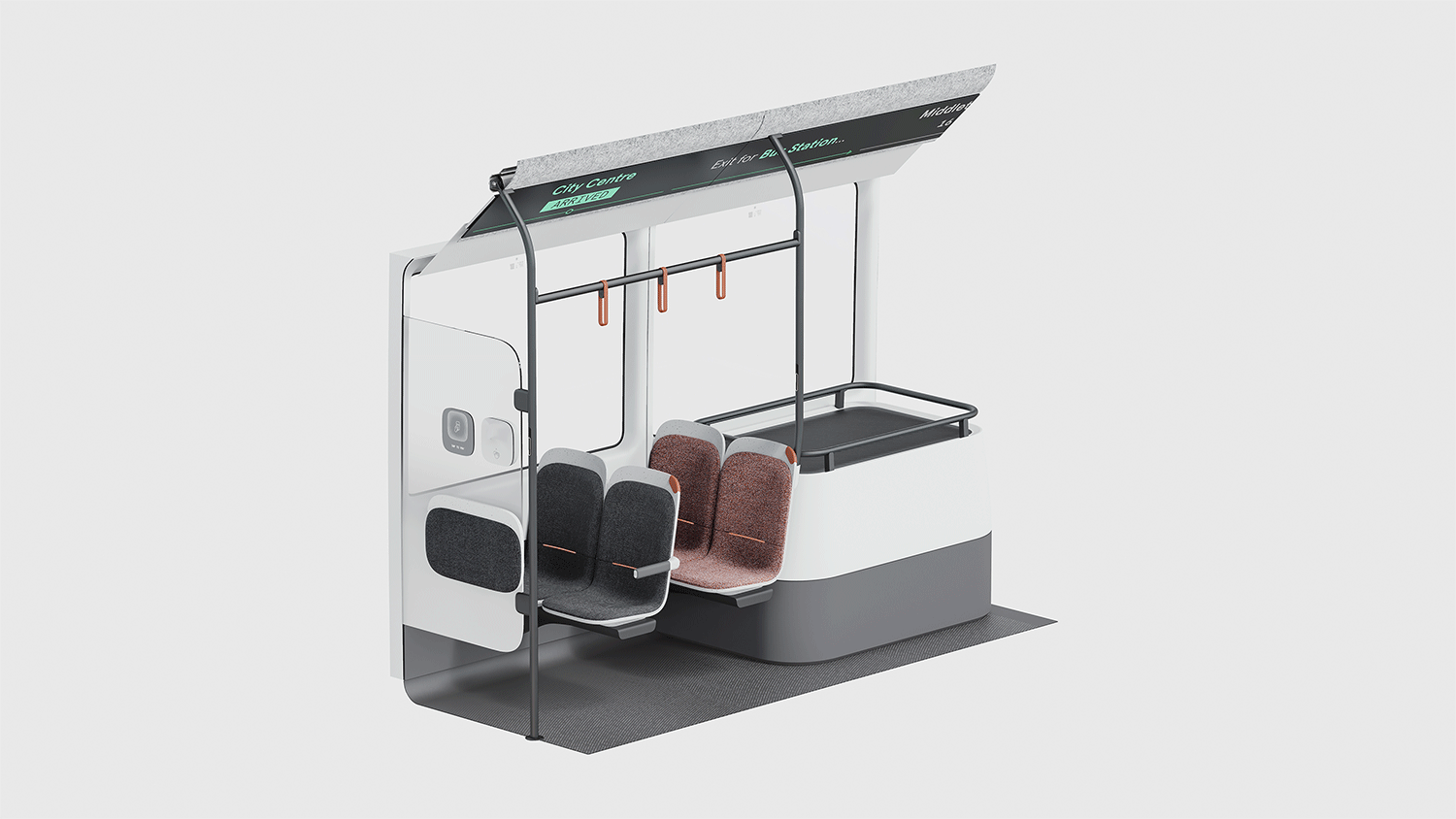
Arrival's announcement was heavy on buzzwords and light on details, but its renderings show a modular interior that can be configured in various ways, from passenger-maximizing rows of seating to more spaced-out options with physical barriers and one seat per row or area. Presumably it'd be fairly easy to switch between configurations in reaction to the the changing public health climate.
Beyond the idea of lessening the degree of "public" in public transportation, Arrival also shows a sleeker, more digitized look for its bus, with bright, easy-read interior and exterior displays keeping passengers informed about the route and upcoming stops.
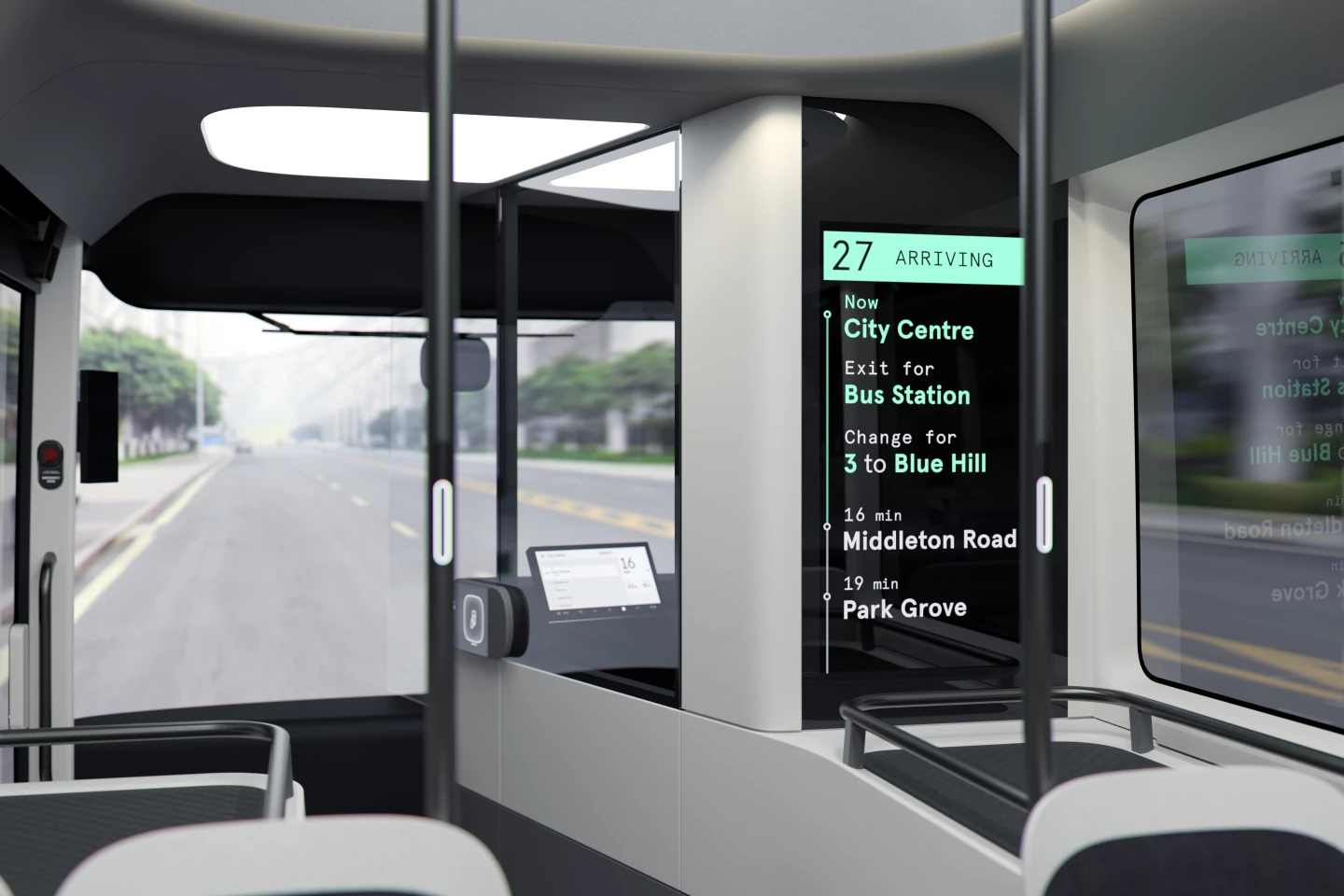
Like other vehicles in the Arrival family, the buses are intended to be built at micro-factories local to where they will be deployed. Arrival plans to build 1,000 of these micro-factories around the world by 2026 and says it has developed a unique manufacturing technology to support them. The factories would inject jobs, supply chains and tax revenues into the local economies, rather than merely bringing in vehicles built elsewhere. Arrival says the bus will cost the same to the customer as a fossil-fuel equivalent, saving money in the long run based on lowered operating costs.
All that might sound a little pie in the sky for now, but Arrival has been working with some very notable companies. In January, it received a €100-million investment from Hyundai and Kia while also signing a deal to deliver 10,000 electric vans to UPS.
Source: Arrival
